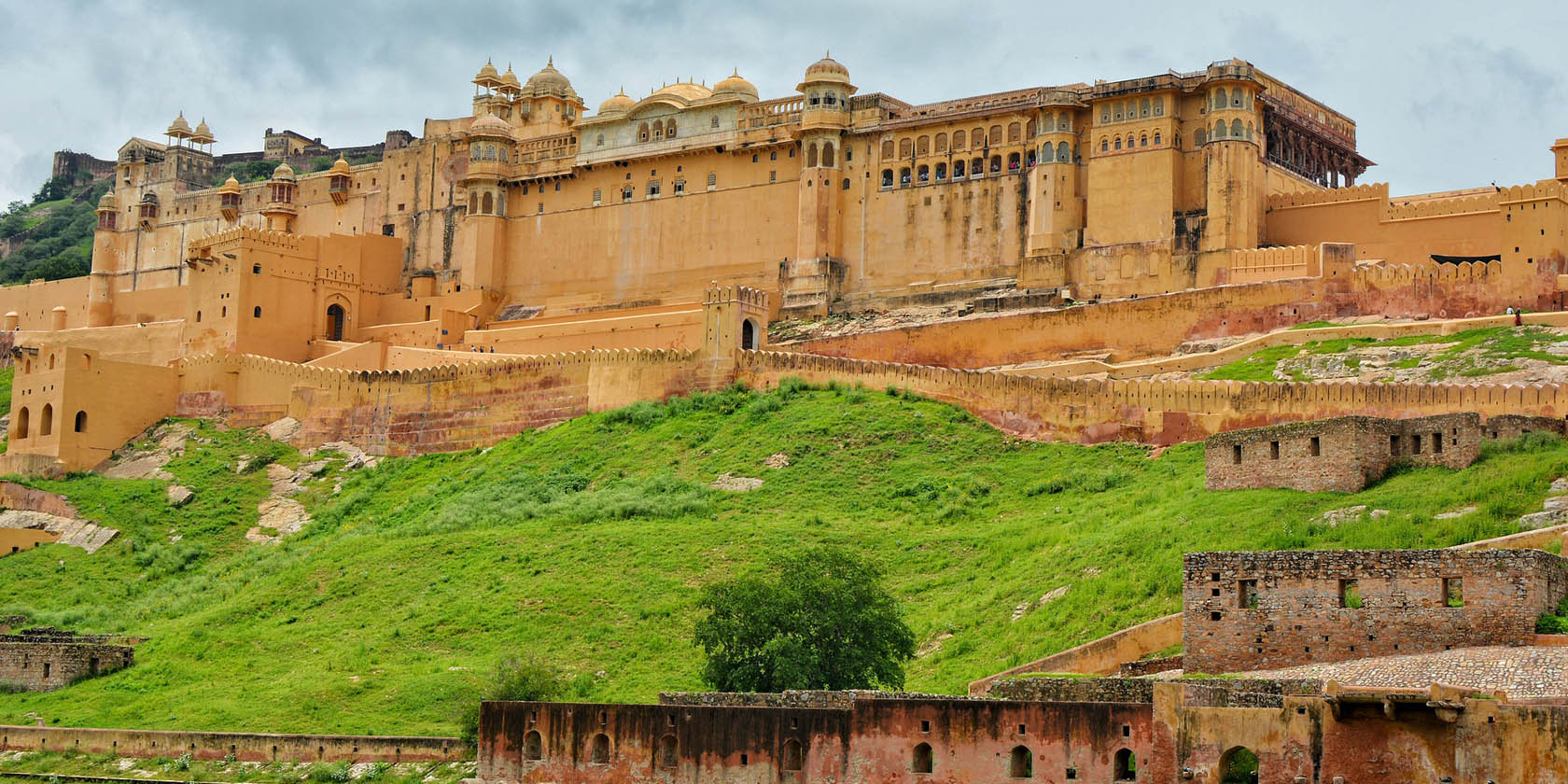Jaipur also known as the Pink City, is the capital of Rajasthan. Jaipur has been the stronghold of kacchawah rajput rulers and thus lots of historical and architectural development of the city owes to these rulers.
Jaipur gets its name from its founder Maharaja JaiSingh II (1693-1744) the great warrior and astronomer. He came to power at the age of 11 on the death of his father Maharaja Bishan Singh. Jai Singh’s lineage can be traced back to the Kucchwaha Rajput, clan who came to power in the 12th century. They were long-term rivals to the Sisodia Rajputs who ruled from Mewar. This rivalry led them to ally with the Mughals, and this alliance resulted in them eventually gaining a pre-eminent position in Rajasthan.
Jaipur is the largest city in Rajasthan and was built in the eighteenth century by Sawai Jai Singh as India’s first planned city. Jaipur is a major tourist attraction amongst Indian as well as international travellers. It belongs to the tourist Golden Triangle of Delhi, Jaipur and Agra. It hosts several attractions like the City Palace, Govind Dev ji Temple, Vidhan Sabha, Birla Temple, several massive Rajput forts and so on. It also serves as a stepping stone for travelers heading to the desert cities of Jodhpur and Jaisalmer.
Now Jaipur is growing fast and various development projects are being undertaken by the government and private enterprises. The town planning and infrastructure development in Jaipur is quite above the mark relative to many other Indian cities.
Jaipur is often called the Pink City in reference to its distinctly colored buildings, which were originally painted this color to imitate the red sandstone architecture of Maugham cities. The present earthy red color originates from repainting of the buildings undertaken for a visit by the Prince of Wales in 1876.
Planned by Vidyadhar Bhattacharya, Jaipur holds the distinction of being the first planned city of India. Renowned globally for its coloured gems, the capital city of Rajasthan combines the allure of its ancient history with all the advantages of a metropolis. The bustling modern city is one of the three corners of the golden triangle that includes Delhi, Agra and Jaipur.The story goes that in 1876, the Prince of Wales visited India on a tour. Since the colour pink was symbolic of hospitality, Maharaja Ram Singh of Jaipur painted the entire city pink. The pink that colours the city makes for a marvellous spectacle to behold. Noted architect Vidyadhar Bhattacharya used the established principles of Vastu Shastra to build the city.
Top 10 Tourist attractions to see in Jaipur
- Amber Fort & Palace
- City Palace
- Hawa Mahal
- Jantar Mantar
- Albert Hall Museum
- Nahrgarh Fort
- Jaigarh Fort
- Wax Museum
- Johari Bazaar
- Chokhi Dani

